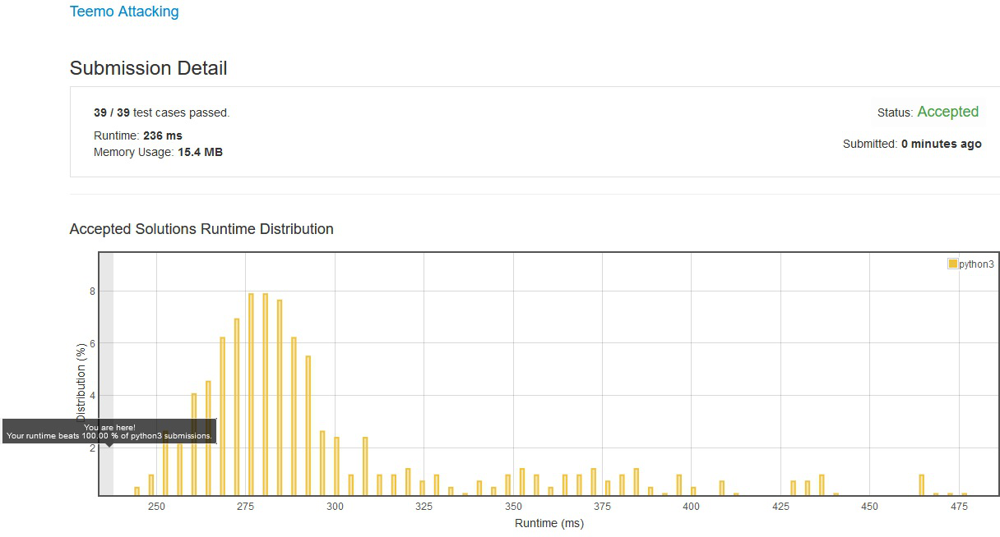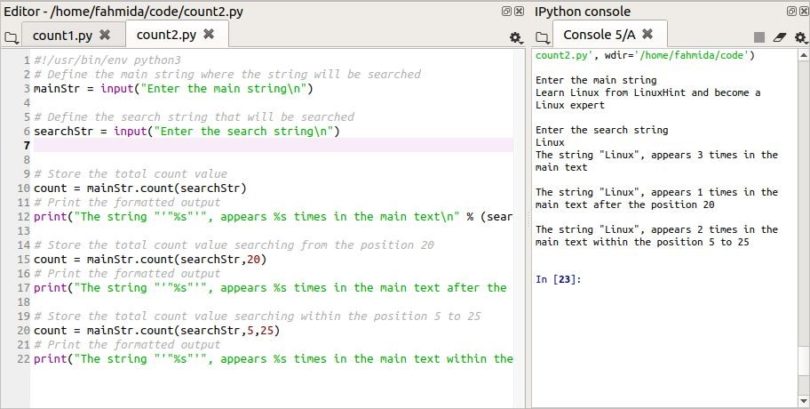

Python list count run time code#
It also provides functionality other than representing time, like waiting during code execution and measuring the efficiency of your code. For example, languages = Ĭheck if an Item Exists in the Python List The Python time module provides many ways of representing time in code, such as objects, numbers, and strings. We can use the for loop to iterate over the elements of a list. Sort the list in ascending/descending order Returns the count of the specified item in the list Returns the index of the first matched item Returns and removes item present at the given index Python has many useful list methods that makes it really easy to work with lists.Īdd items of lists and other iterables to the end of the list Here, languages.remove('Python') removes 'Python' from the languages list. We can also use the remove() method to delete a list item. For example, languages = ĭel languages # In Python we can use the del statement to remove one or more items from a list.

We then changed the value to 'C' using languages = 'C' Here, initially the value at index 3 is 'C++'. And, we can change items of a list by assigning new values using = operator. Here, we are adding all elements of even_numbers to prime_numbers. Notice the statement, prime_numbers.extend(even_numbers) In the above example, we have two lists named prime_numbers and even_numbers. Print("List after append:", prime_numbers) We use the extend() method to add all items of one list to another. Here, append() adds 32 at the end of the array. In the above example, we have created a list named numbers. The append() method adds an item at the end of the list. You can use the time() function to get the current time in seconds since the epoch (January. Python List provides different methods to add items to a list. In Python, you can use the time module to measure elapsed time. Note: When we slice lists, the start index is inclusive but the end index is exclusive. my_list returns a list with items from index 5 to the end.my_list returns a list with items from index 2 to index 4.There are some differences between count for. In Python it is possible to access a section of items from the list using the slicing operator :, not just a single item. The method then returns the number of times that the argument occured in the string/list the method was used on. Note: If the specified index does not exist in the list, Python throws the Inde圎rror exception. Print(languages) # Python Python Negative Indexing The index of -1 refers to the last item, -2 to the second last item and so on. Python allows negative indexing for its sequences. Hence, the first element of a list is present at index 0, not 1. Note: The list index always starts with 0. And, we have used the index number to access the items. Here, we can see each list item is associated with the index number. In the above example, we have created a list named languages. We can access elements of an array using the index number (0, 1, 2 …). In Python, each item in a list is associated with a number. Here, we have created a list named numbers with 3 integer items.Ī list can have any number of items and they may be of different types (integer, float, string, etc.).


Instead of creating 5 separate variables, we can simply create a list: Lists ElementsĪ list is created in Python by placing items inside, separated by commas. Suppose we need to record the ages of 5 students. In Python, lists are used to store multiple data at once.


 0 kommentar(er)
0 kommentar(er)
